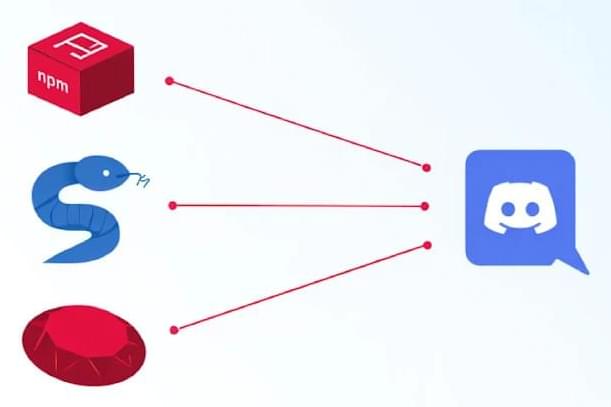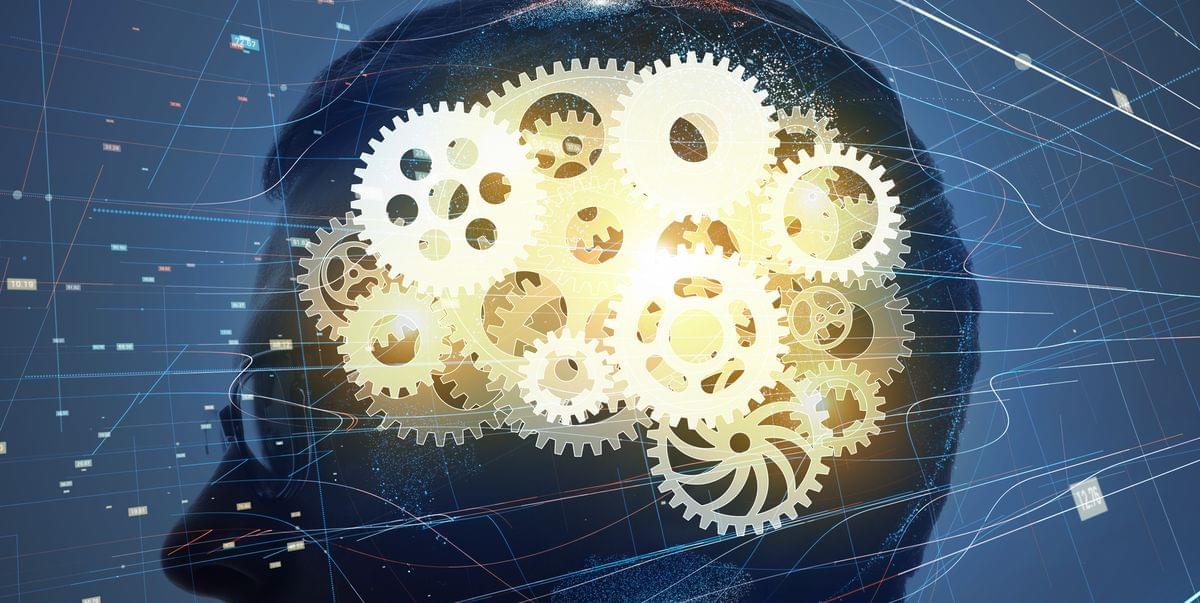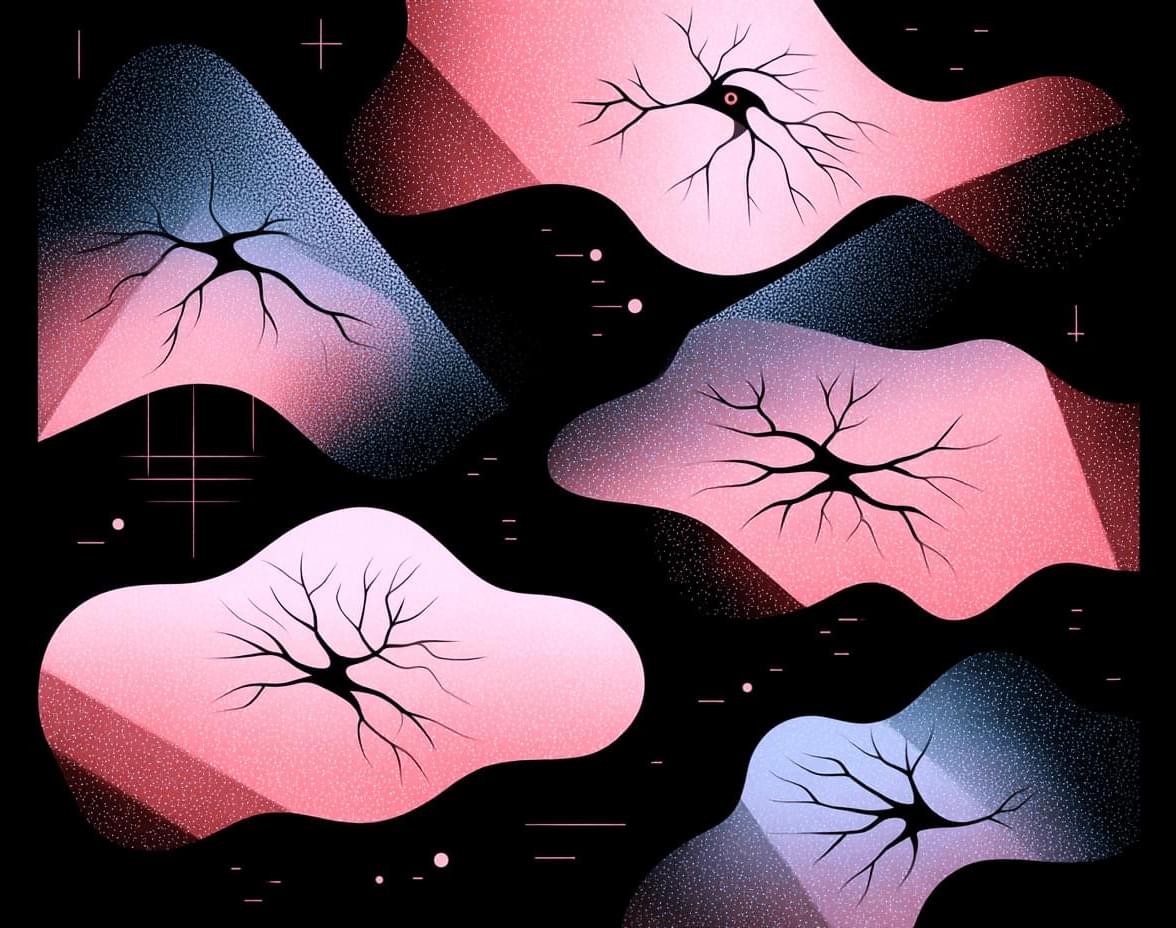Pixnapping side-channel can steal 2FA codes pixel-by-pixel on Android 13–16; CVE-2025–48561 patched Sept 2025 but workaround exists.





Around 200,000 Linux computer systems from American computer maker Framework were shipped with signed UEFI shell components that could be exploited to bypass Secure Boot protections.
An attacker could take advantage to load bootkits (e.g. BlackLotus, HybridPetya, and Bootkitty) that can evade OS-level security controls and persist across OS re-installs.
Powerful mm command.

A new side-channel attack called Pixnapping enables a malicious Android app with no permissions to extract sensitive data by stealing pixels displayed by applications or websites, and reconstructing them to derive the content.
The content may include sensitive private data like chat messages from secure communication apps like Signal, emails on Gmail, or two-factor authentication codes from Google Authenticator.
The attack, devised and demonstrated by a team of seven American university researchers, works on fully patched modern Android devices and can steal 2FA codes in less than 30 seconds.

France’s Sorbonne University plans to leave the Times Higher Education (THE) Rankings, adding its name to a growing number of universities rejecting lists that play one institution off against another. According to its president, most of these rankings are “black boxes” whose methods not only raise ethical questions but also fail to cover the breadth and diversity of university contributions.
“By deciding to stop sending our data to THE, we are leaving this specific ranking, but our criticism of major international university rankings is global,” Nathalie Drach-Temam, president of Sorbonne University, told Science|Business. “These rankings, built on selected quantitative indicators amalgamated into a single score, are not designed to evaluate research nor reflect the breadth and depth of the missions of research and higher education institutions.”
From the UK-based Quacquarelli Symonds (QS) ranking to the US News and World Report (USWR), university rankings set out to measure how well a higher education institution performs and how its performance and quality compare to its peers. Prospective students turn to them for guidance, and governments and investors base their research funding decisions on them.

Medical drugs are expensive to make and can have an adverse effect on the environment. Researchers Stefano Cucurachi and Justin Lian have developed a framework to help the health care system assess the economic and environmental sustainability of medical compounds. The research is published in the Proceedings of the National Academy of Sciences.
With a growing and aging population, and more people living with chronic disease, health care costs are rising and the pharmaceutical industry is expanding fast. Patients and health care professionals are also beginning to wonder about the environmental impact of medicines. But information on this is lacking.
“Some sources claim 10% of all pharmaceuticals have an environmental risk, but only the smallest fraction has ever been assessed,” says Cucurachi, Associate Professor of industrial ecology.
What happens when awareness grows too powerful for the universe that contains it?
SCP-3812 — also known as A Voice Behind Me — is the Foundation’s ultimate paradox: a being that rewrites existence every time it tries to understand itself. This speculative science essay explores the physics, metaphysics, and philosophy behind the phenomenon. From quantum observer effects to pancomputational cosmology, from the breakdown of time to the collapse of narrative itself, we ask the ultimate question:
What if consciousness doesn’t live inside reality, but creates it?
Join us as we explore:
- The origin of Sam Howell and post-mortem evolution of awareness.
- The science of unreality and the hierarchy of dimensions.
- Schizophrenia as multiversal cognition.
- Supersession, recursion, and the limits of containment.
- The final collapse of reality into pure perception.
If you love speculative science, existential philosophy, or cosmic horror wrapped in logic, this video will change the way you think about reality.

